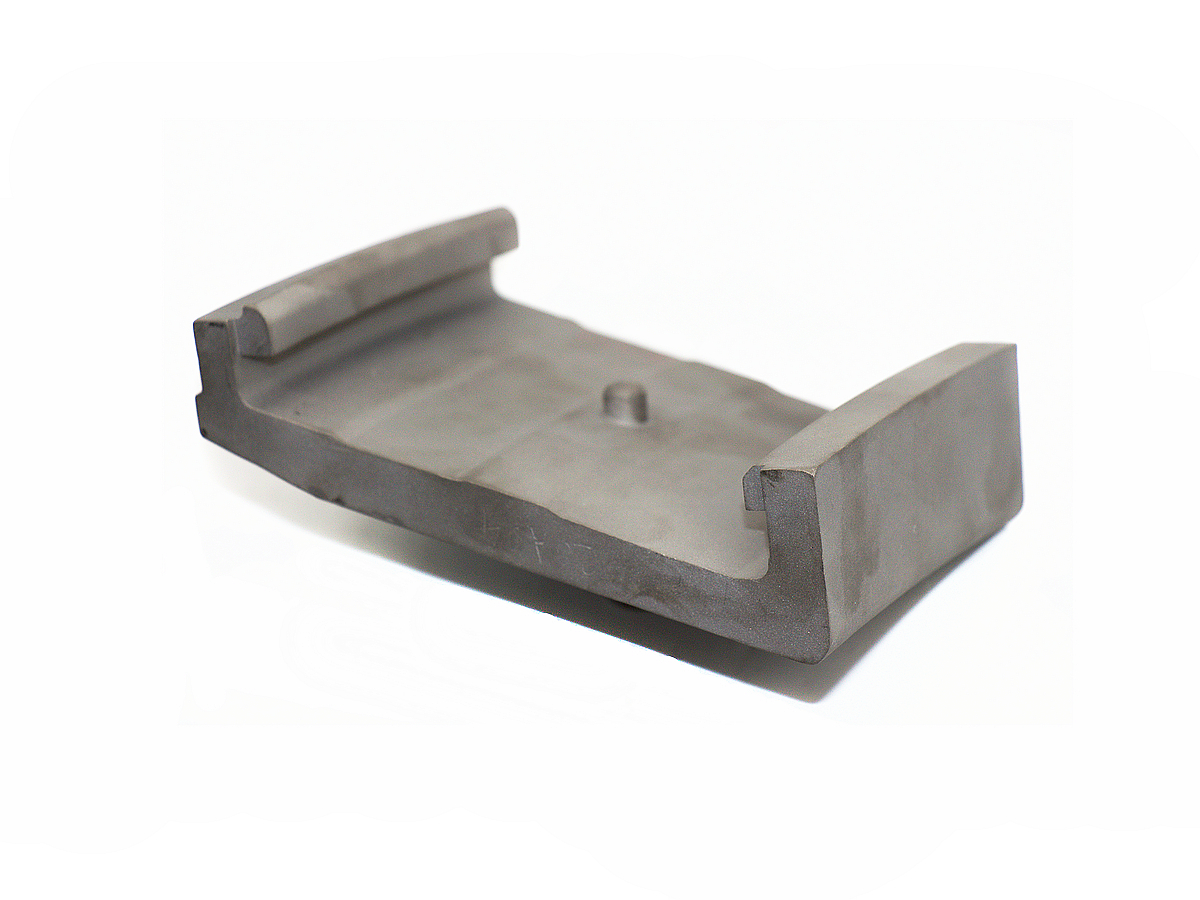WAAM 3D Printing Service: Fast & Affordable Large Superalloy Component Fabrication
Introduction
Wire Arc Additive Manufacturing (WAAM) is a cost-effective metal additive manufacturing technique ideal for fabricating large-scale superalloy components rapidly and economically. Utilizing an electric arc to deposit metallic wire feedstock, WAAM efficiently produces robust, high-density parts from alloys like Inconel 625 and Hastelloy X at deposition rates of up to 10 kg/hour.
Compared to traditional forging or machining, WAAM reduces production time by over 60%, material waste by approximately 70%, and overall costs significantly, making it ideal for industrial-scale manufacturing.
Applicable Material Matrix
Material | Density (g/cm³) | Tensile Strength (MPa) | Yield Strength (MPa) | Max Operating Temp. (°C) |
|---|---|---|---|---|
8.44 | 930 | 517 | 982 | |
8.19 | 1375 | 1100 | 700 | |
8.22 | 800 | 385 | 1200 | |
8.97 | 860 | 450 | 1150 | |
4.43 | 950 | 880 | 400 |
Material Selection Guide
Inconel 625: Preferred for chemical processing vessels, marine structures, and large exhaust components due to its excellent corrosion resistance and high-temperature strength.
Inconel 718: Optimal for aerospace turbine casings, rocket engine components, and structural elements needing high fatigue and tensile strength (1375 MPa).
Hastelloy X: Recommended for large combustion chambers and furnace components, excelling in thermal stability and oxidation resistance up to 1200°C.
Haynes 230: Suitable for extensive heat-treating fixtures and industrial furnace components, providing outstanding oxidation resistance and ductility.
Ti-6Al-4V: Ideal for lightweight, large-scale aerospace and automotive structural components requiring high strength-to-weight ratios.
Process Performance Matrix
Attribute | WAAM Performance |
|---|---|
Dimensional Accuracy | ±0.5 to ±1.0 mm |
Deposition Rate | Up to 10 kg/hour |
Density | >99% |
Surface Roughness | Ra 30–50 μm |
Minimum Feature Size | 2.0–3.0 mm |
Process Selection Guide
Cost-Effective Manufacturing: Reduces fabrication costs by approximately 40–60% compared to conventional subtractive methods.
Rapid Production: Ideal for quickly fabricating large-scale metallic components, significantly cutting lead times.
High Material Efficiency: Wire-fed technology achieves roughly 70% reduction in material waste.
Large-Scale Capability: Perfectly suited for producing massive, structurally robust metal components exceeding conventional build volumes.
Case In-Depth Analysis: WAAM Inconel 625 Large Heat Exchanger Components
A leading energy company required rapid, cost-effective production of large-scale heat exchanger components operating at temperatures up to 900°C in highly corrosive environments. Utilizing our WAAM 3D printing service with Inconel 625, we fabricated components demonstrating tensile strengths of 930 MPa, densities above 99%, and significantly reduced lead times by 65%. The optimized WAAM-produced design achieved a 30% reduction in overall weight and material usage, delivering substantial operational savings. Post-processing included precision CNC machining and specialized thermal barrier coatings, extending service life and corrosion resistance.
Industry Applications
Aerospace and Aviation
Large engine casings and rocket engine nozzles.
Structural fuselage components and bulkheads.
Complex turbine housings and compressor assemblies.
Energy and Power
Industrial-scale heat exchangers and boiler components.
Massive turbine blades and rotor assemblies.
Large-scale parts for nuclear reactor cooling systems.
Marine and Offshore
Corrosion-resistant marine propellers and rudder systems.
Structural elements for offshore oil and gas platforms.
Large ship exhaust components with optimized corrosion performance.
Mainstream 3D Printing Technology Types for Industrial Applications
Selective Laser Melting (SLM): Ideal for smaller, complex, high-density metallic components.
Electron Beam Melting (EBM): Optimal for aerospace-grade titanium and superalloy components demanding exceptional mechanical properties.
Electron Beam Additive Manufacturing (EBAM): Best suited for rapid, large-scale component fabrication with excellent material properties.
Laser Metal Deposition (LMD): Precise, effective repair and enhancement of existing metal parts.
Binder Jetting: Cost-effective for producing moderate-complexity metal parts at scale.
FAQs
What is the maximum size of components achievable using WAAM technology?
How does WAAM technology compare in cost and speed to traditional manufacturing methods?
Which superalloys perform best in WAAM applications?
What post-processing methods are required after WAAM fabrication?
Is WAAM suitable for structural components under high mechanical stresses in industrial applications?

